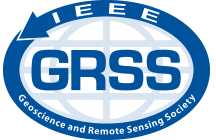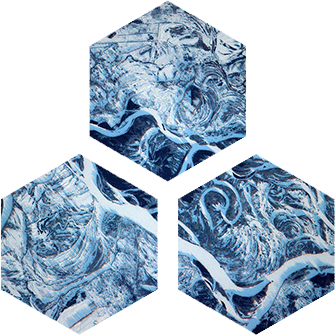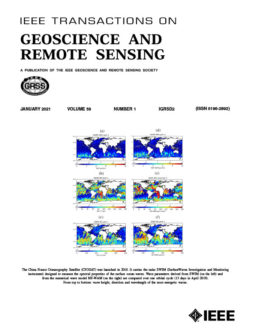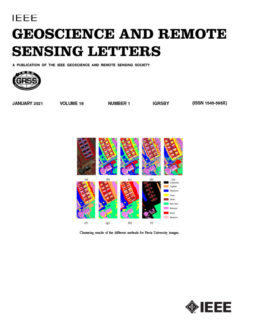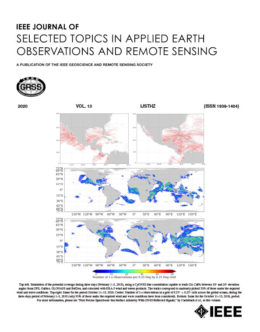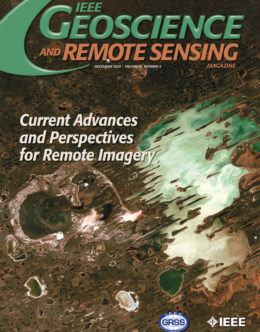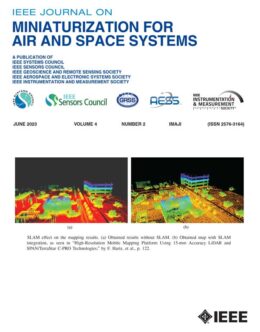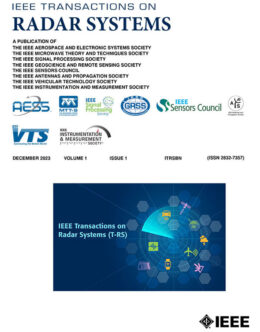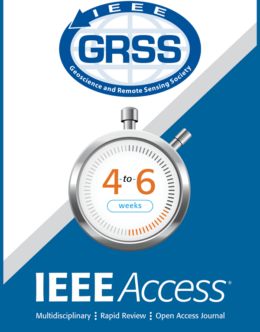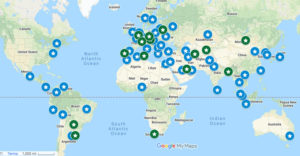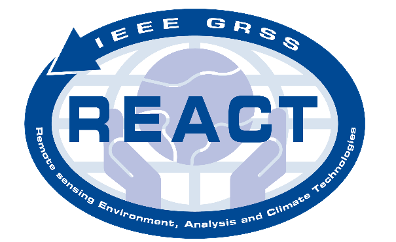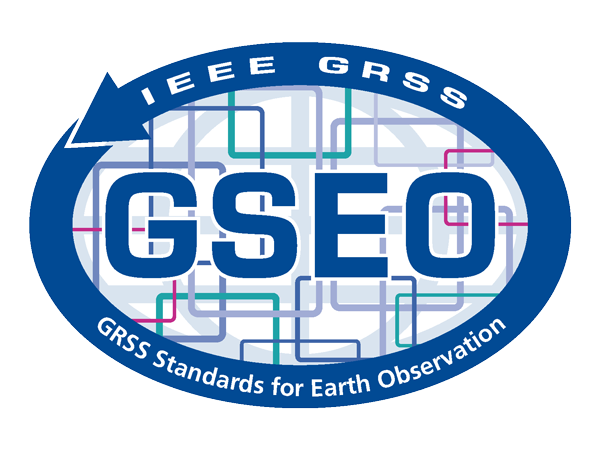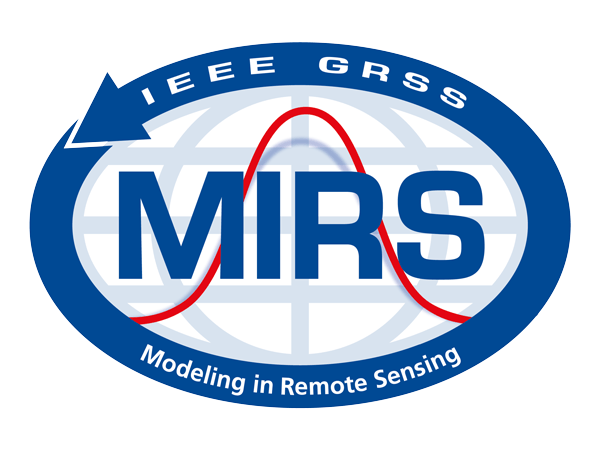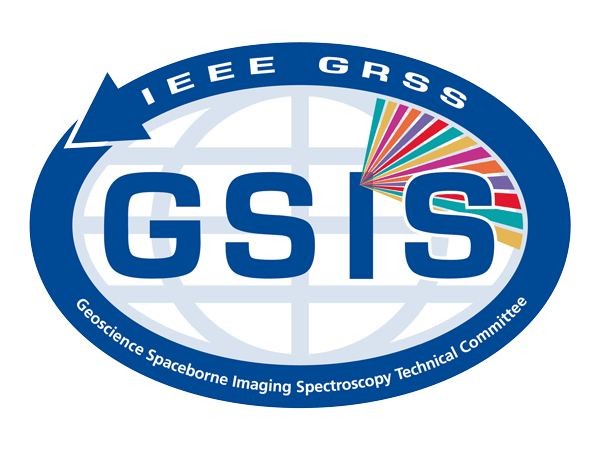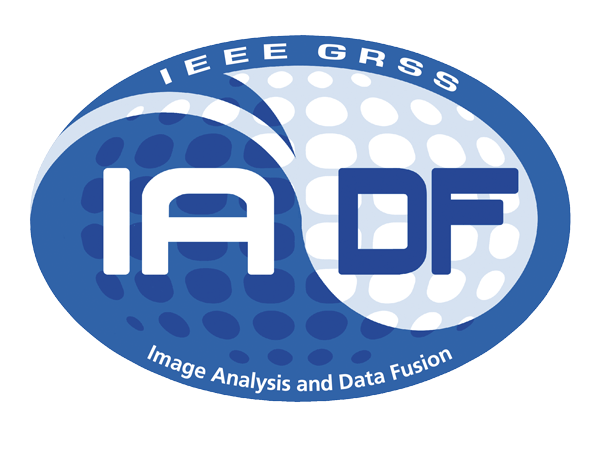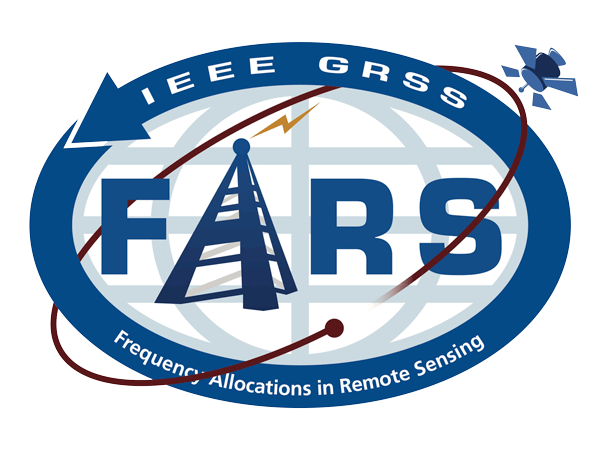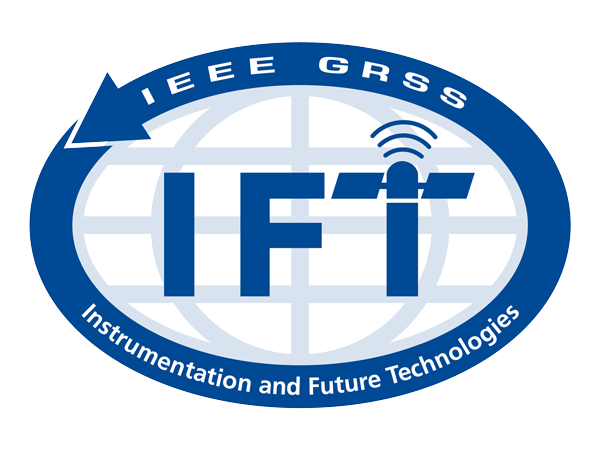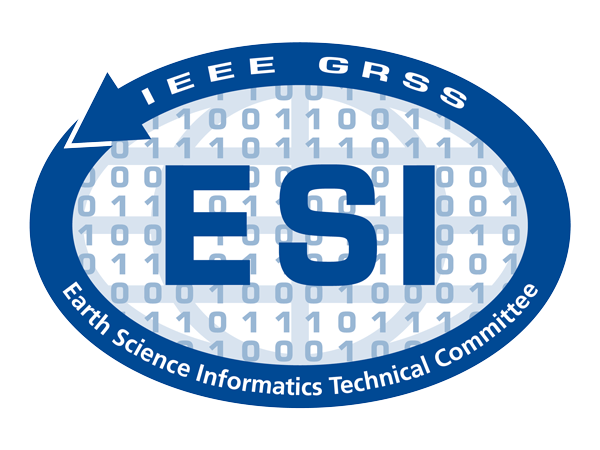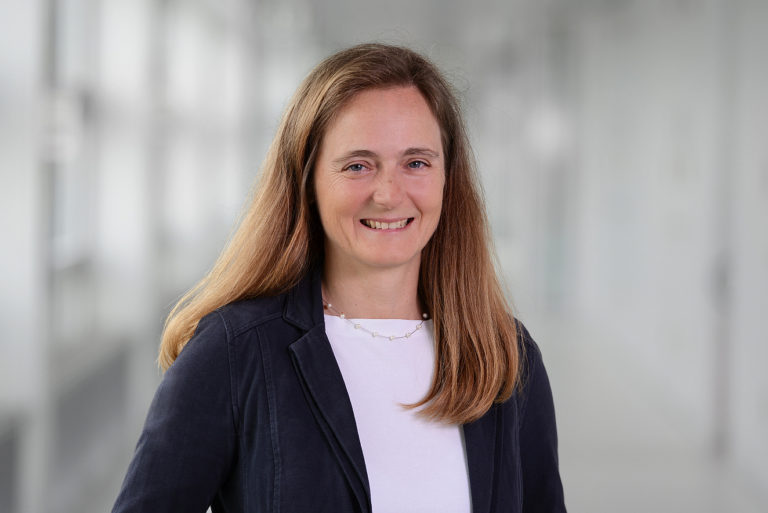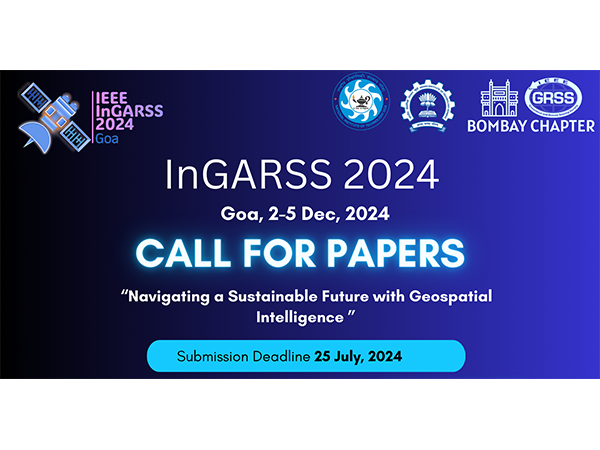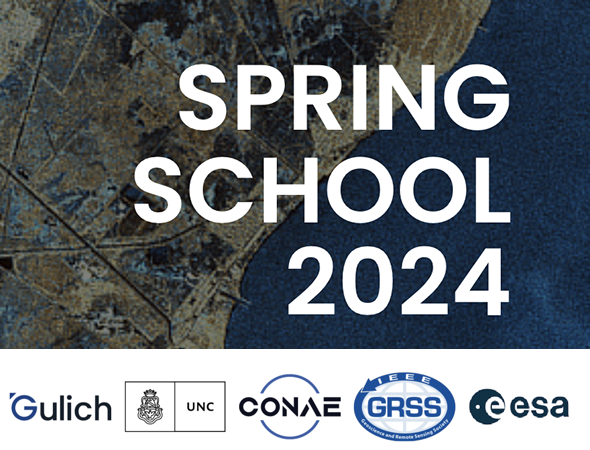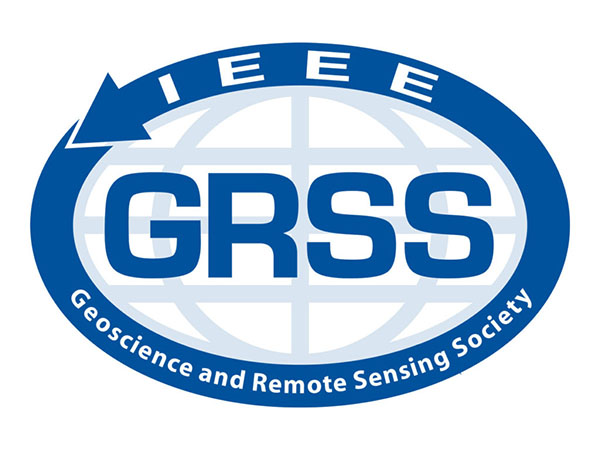What is the aim of the new GRSS technical committee: Remote sensing Environment, Analysis and Climate Technologies (REACT)?
Webinar Speaker: Irena Hajnsek, ETH Zurich / DLR Oberpfaffenhofen
- March 22, 2022
- 1:00 PM (UTC)
- Sponsored by GRSS
- REACT TC Webinar
About the Webinar
In this presentation we like to introduce the new GRSS technical committee (TC) named Remote sensing Environment, Analysis and Climate Technologies Technical Committee (REACT TC) that has the goal to be a venue for all scientists and engineers in the domain of environment and the impact on the environment due to climate change forcing in order to exchange ideas and share knowledge. It aims at advancing science, defining requirements for science driven mission concepts and data products in the domain of Cryosphere, Biosphere, Hydrosphere, Atmosphere and Geosphere. REACT is also seeking a strong connection and the support to the sustainable development goals (SDGs) related to remote sensing. The talk will highlight the motivation and the goal of the TC and will introduce the local focused areas where real examples will be presented on a scientific networking and to support regions affected by climate change.
About the Speaker
Irena Hajnsek is a Professor of Earth Obsertvation and Remote Sensing at the Institute of Environmental Engineering, Swiss Federal Institute of Technology (ETH) Zurich and German Aerospace Center (DLR) e.V. Microwaves & Radar Institute, Wessling, Germany. She was named a Fellow of the Institute of Electrical and Electronics Engineers (IEEE) in 2014[1] for contributions to synthetic aperture radar imaging using airborne sensors and satellite missions.
Hajnsek obtained her diploma degree with honors from the Free University of Berlin in 1996 and in 2001 got her doctor’s degree from the University of Jena. Between 1999 and 2000, she was associated with the Institut d’Electronique et de Télécommunications de Rennes at the University of Rennes 1 and then worked at Applied Electromagnetics in St. Andrews, Scotland, specializing in EC-TMR radar polarimetry networks. She was a guest scientist at the University of Adelaide in 2005, and since 2010 serves as a coordinator for the satellite mission TanDEM-X. In 2012, Hajnsek became Technical Program Co-Chair of the IEEE Geoscience and Remote Sensing Symposium, following which she became a member of the IEEE GRSS AdCom and in 2016 was appointed as vice president of the IEEE GRSS Technical Activities.
